VAKIN is a water and waste management company in northern Sweden, owned by the municipalities of Vindeln and Umeå. As Maintenance Manager, I work a lot with strategic matters to secure our competencies to carry out maintenance at our facilities. Our organization is about 30 people ranging from pipeline to electricians and automation engineers.
We have many old facilities both on the pipeline side and amongst our plants, both water, and wastewater. We need to be effective when handling these challenges.
The challenges demand of us to systemize our maintenance, it can be to submit all occurring faults and it can be to enter how many hours it took to repair something. If we do that we can make better data-driven evaluations about what we need to do next time or if we should buy new equipment altogether.
We have about 3 500 closed work orders each year and besides that, we have a lot of inspections that are not registered in the same way, inspections wise there are thousands of points to be checked.
You could probably supply an area with drinking water and manage wastewater without a maintenance system. It would surely be possible without software but of course, seeing every work request and closing off work orders will give us a much better foundation for making decisions that will help us meet the company goals.
The result of succeeding with our maintenance system is that we can predict what will happen every day and every week. We can work proactively and less reactively. We will not wait for faults to happen. We can easier predict where we will have problems, where we need to clean continuously, or where we should replace continuously and those insights are provided by the system.
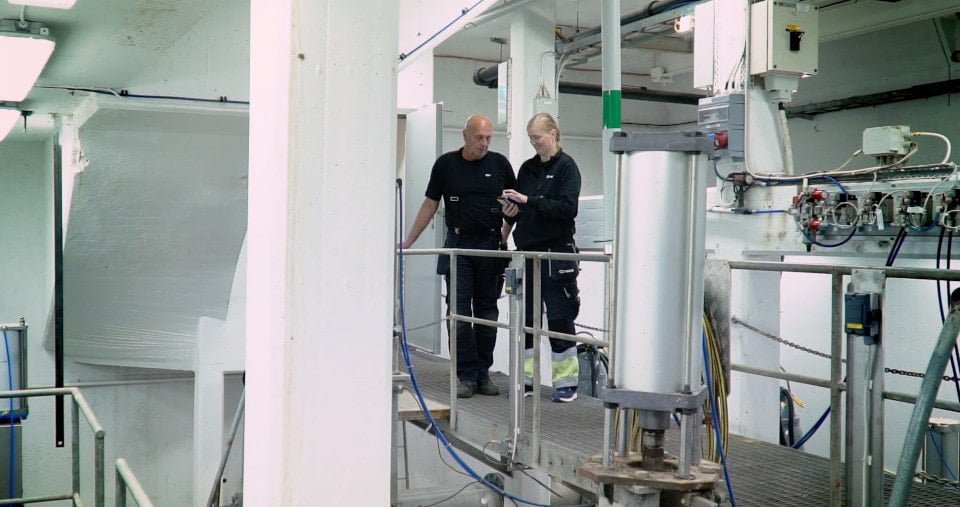
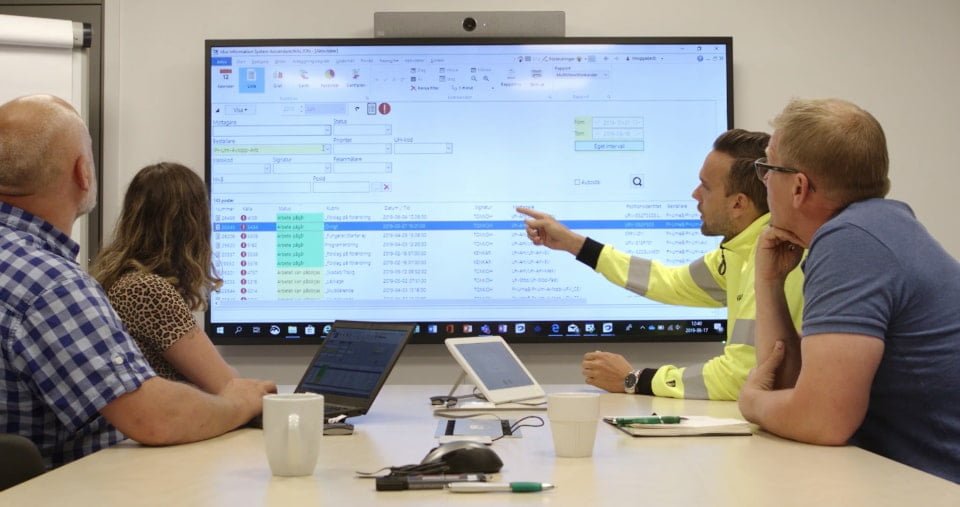
It all boils down to entering valuable data into the system, what have we done, when did we do it, and why.
The short-term gains are that we actually can show where our spendings went, we are a non-profit organization. Our owners, all citizens should be able to ask; what did the money give us? Maintenance is a large portion of the costs.
With our maintenance system, we can show how much maintenance we carry out, and in the longer perspective, we can set goals from our data about why we need to replace some equipment at a specific time. It might be that the old equipment demands too much maintenance or that the maintenance activities are too expensive.
The system is very mobile-friendly, we have the app which we mostly use for inspections but also for work requests and creating work orders. This allows us to gather more of the maintenance activities that need to take place.
If you see that something is wrong you should be able to submit a work request directly. If you can fix it yourself then you can create a closed work order. When doing an inspection you can check off a station.
That way we can more easily be compliant with authorities and show them that we have controlled PH-sensors for example, that they are calibrated, or that scales have been calibrated.
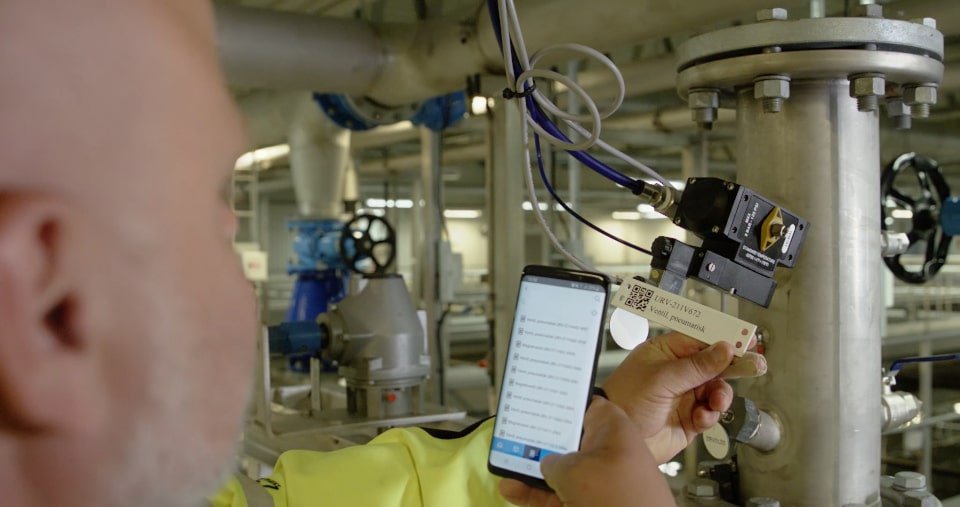
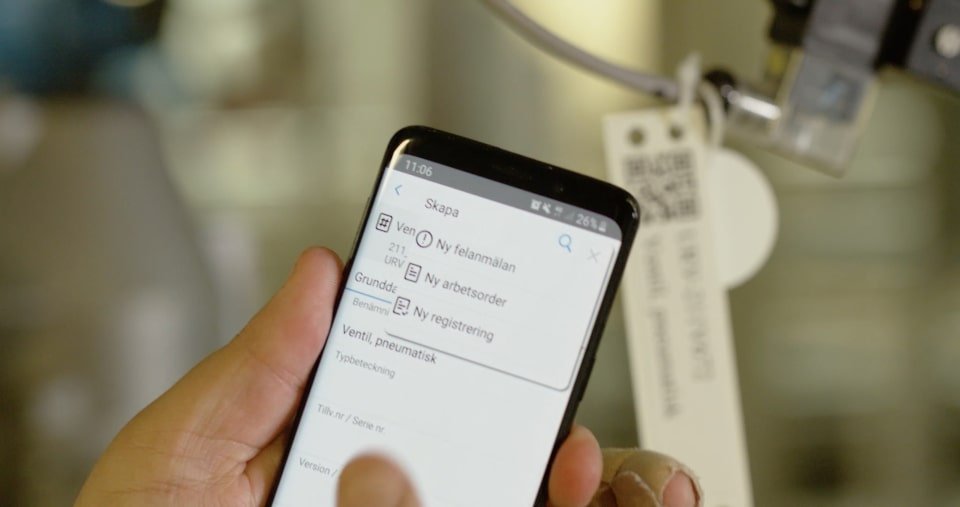
Inspections are the basis of all good preventive maintenance. The round lists can contain everything related to maintenance activities such as refilling oil, controlling levels, or something else that is machine-related.
There are also stations where you should inspect the transparency of the basin, this is a production value. By carrying out these inspections we can track small deviations as charts in Idus.
The round lists are generated as areas of responsibility. You can check off one station at a time in the app. When all points are checked off Idus will create a new round list. If you identify a fault you can submit the work request directly in your app. Then a fault report is created which will be taken care of by production leaders. They will decide if they can do the work themselves or if maintenance will have to be involved.
All faults are to be registered because they give an indication of how the facility health. Then it’s not certain that you want to carry out the measures immediately, but it will provide a good insight of the facilities status which can provide good results.
In our meetings, we can use Idus to see which faults we have right now and who is responsible, and when the maintenance is to be carried out. It’s a great tool to visualize where our problems are located and who is responsible.
What we are looking at today is how many work requests are being submitted and how long it takes before the requests are turned into work orders. It’s just the mean time from failure to workorder. We are also looking at how many work orders are assigned to my maintenance department each week and if the backlog is increasing or decreasing.
We are working on integrating Idus with other systems where Idus amongst others provides information about our facilities. We are working on a data warehouse where we collect selected information from Idus and other systems, it can be from our ERP or from the GIS where we can make connections visible and benefit from this information when planning maintenance and looking at investments.
With Idus we can collect much more information than we would be able to without a digital system. We can see connections and make better decisions.
It supports maintenance and investment decisions.
+46 46 590 06 80
+46 31 797 77 20
+46 11 101 630
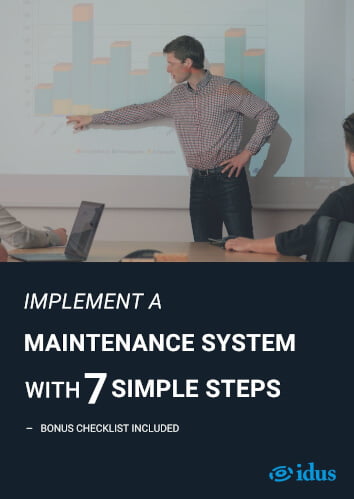
Subscribe and get our
Free Implementation Guide
Submissions are managed in accordance with our privacy policy
By using our website you accept our privacy policy.